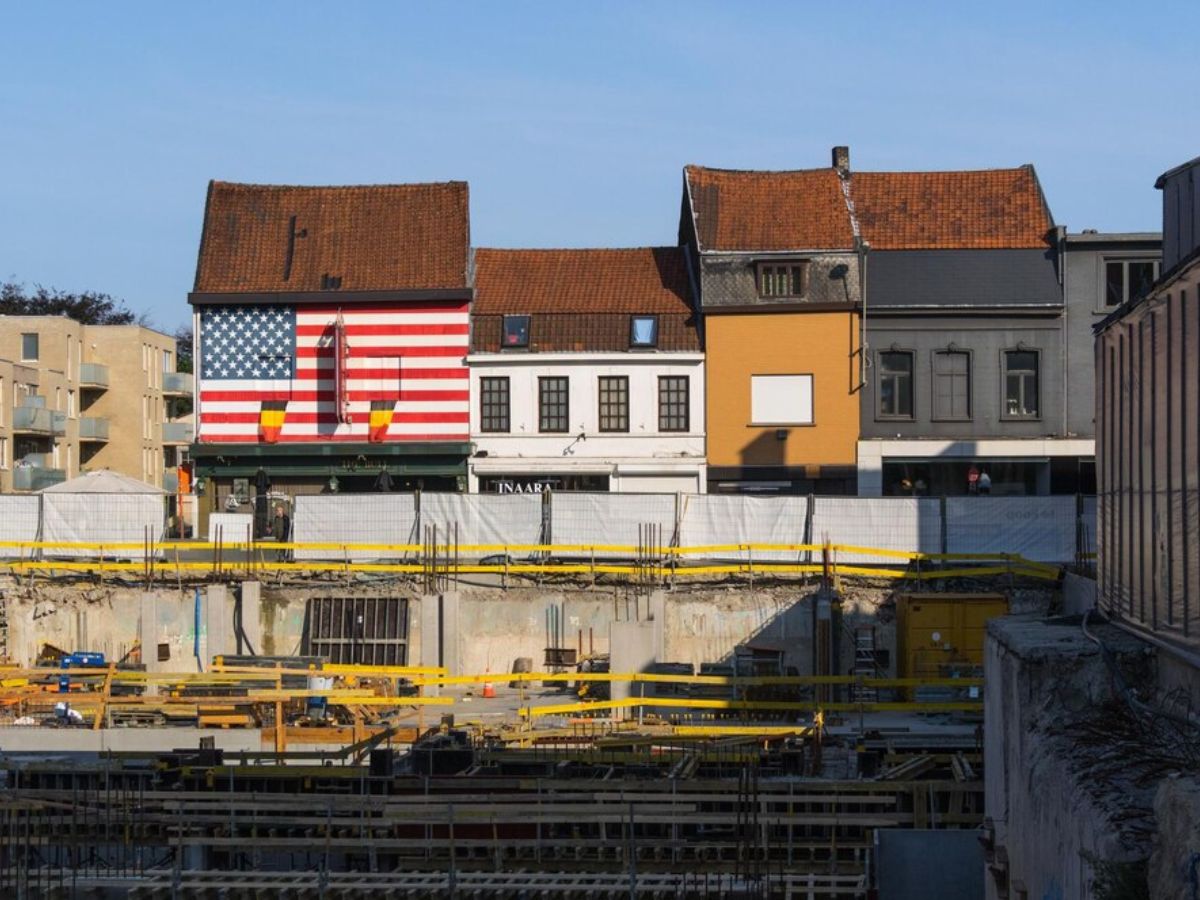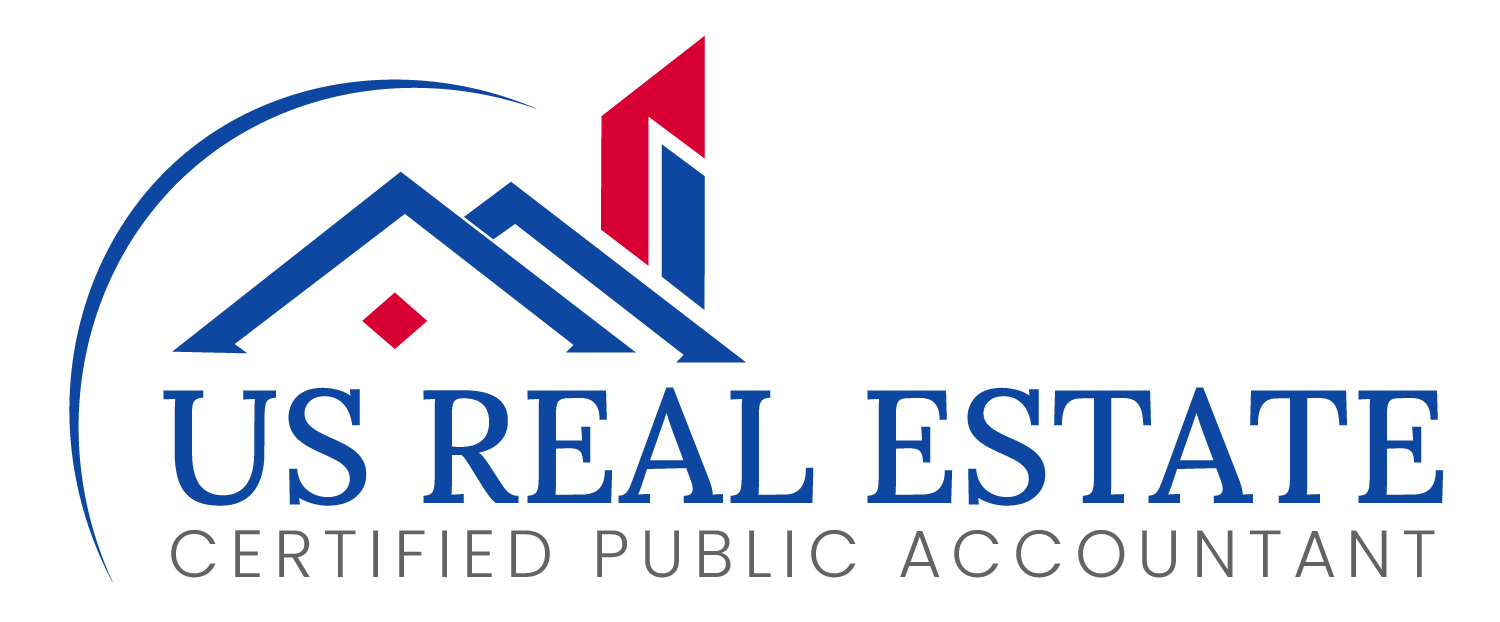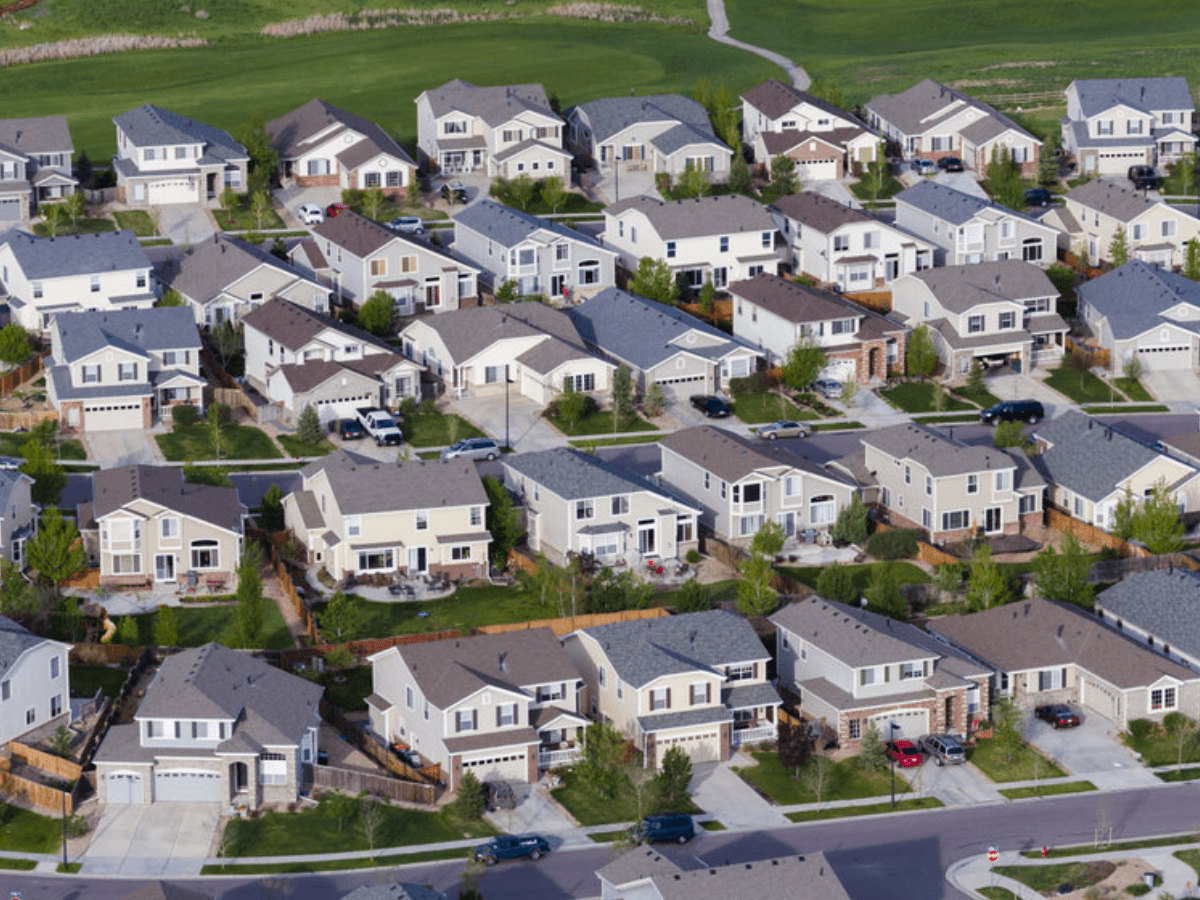
Trump Hits Pause on Reciprocal Tariffs. Stocks Fly, Housing Market Gets a Reprieve
President Donald Trump has dialed back his aggressive new tariffs on most trading partners—except China—giving markets immediate relief and easing fears of a housing market slowdown.
In an abrupt move Wednesday, Trump announced a 90-day pause on the steepest of his recently imposed “reciprocal” tariffs, but left in place the baseline of a 10% universal tariff on all imports, bar a few products, while keeping the heat on China.
“I have authorized a 90-day PAUSE, and a substantially lowered Reciprocal Tariff during this period, of 10%, also effective immediately,” Trump posted on his Truth Social platform, adding that tariffs on Chinese goods would skyrocket to 125%.
The decision sent stocks rocketing toward their best day in at least five years. The Nasdaq surged more than 8% while the Dow Jones and S&P 500 each jumped over 5%. Homebuilder stocks, which had been battered by recession worries and fears of pricier imported materials, staged a sharp rebound, too.
The tariff pause comes just a week after Trump’s “Liberation Day” announcement, which inflicted punishing tariffs on nearly all trading partners. That sent markets into a tailspin and triggered fresh warnings of a recession this year.
“Because tariffs will undermine economic growth, a pause on the worst of the announcement is certainly a welcome update,” says Danielle Hale, Chief Economist at Realtor.com®. “That said, given how many changes we’ve seen in the last week, uncertainty remains high.”
Consumers, already rattled by economic turbulence, have been feeling the strain. Recent surveys show growing anxiety over job security and personal finances –- which could take time to recover even with this latest reprieve.
“It will be some time before we see how consumers react to this latest update,” Hale notes.
Homebuilders Get Some Relief But Not a Free Pass
While the stock market cheered the tariff pause, homebuilders aren’t entirely off the hook. A 10% baseline tariff still applies to many imports, and key materials like Canadian lumber will see even steeper hikes—with rates set to more than double to 34% this year.
The U.S. already faces a lumber shortage, using about 30% more than it produces each year, according to the National Association of Home Builders (NAHB). Despite Trump’s calls for more domestic timber production, builders will still feel the pinch.
Then there’s China. With tariffs on Chinese goods now at an astounding 125%, the cost of appliances, glass and other imported construction materials could wipe out much of the savings from lower tariffs elsewhere.
China supplies 27% of the imports used in U.S. home construction, per NAHB data. A recent study by John Burns Real Estate Consulting estimated Trump’s initial tariff plan would have added nearly $12,800 to the cost of building a single home. Even though the pause softens the blow, higher expenses still loom.
In the meantime, markets are breathing easier, and the housing sector has dodged the worst-case scenario — at least for now. After a week of whiplash-inducing policy U-turns, businesses and consumers alike are hoping for a little more stability. Whether they get it remains to be seen.



